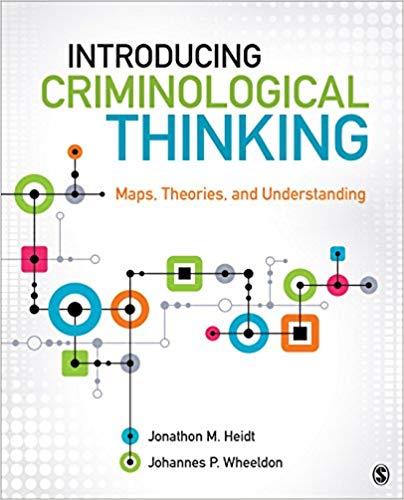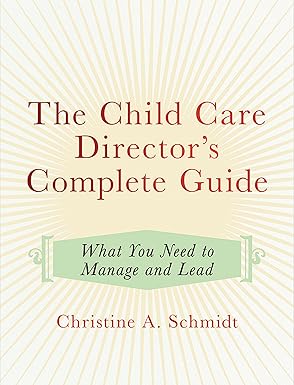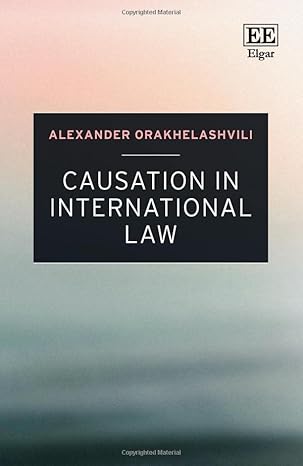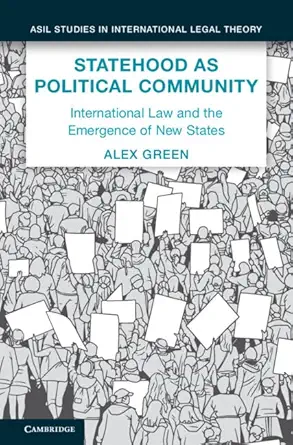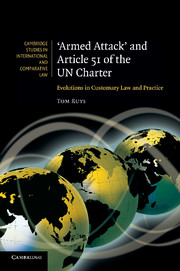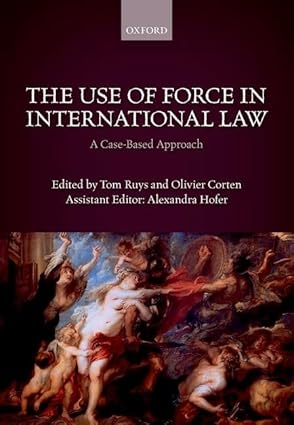Visual techniques for applying criminological theory to social science research
Introducing Criminological Thinking: Maps, Theories, and Understanding is an accessible and user-friendly criminological theory text for students, instructors and researchers. In addition to the unique use of concept maps, mind maps, and other visual techniques to consider theory-based inquiry, this text combines an exploration of the core elements of theory with relevant examples drawn from biology, psychology, sociology, critical traditions, and integrative efforts. Unlike in other theory texts, the chapters are arranged by level of explanation to help students understand how theories from different disciplines interact with each other as a foundation for many contemporary criminological theories.
Authors Jon Heidt and Johannes Wheeldon have developed a seven-step model to identify key aspects of different theories including their historical and social context, base assumptions, scope, problem foci, terms/concepts, related research, and practical ramifications. This text offers both a student-friendly theoretical discussion and accessible visual examples to explain criminological theory and its applicability to social science research.
چکیده فارسی
تکنیک های بصری برای به کارگیری نظریه جرم شناسی در تحقیقات علوم اجتماعی
معرفی تفکر جرم شناسی: نقشه ها، نظریه ها و درک یک متن نظریه جرم شناسی در دسترس و کاربرپسند برای دانش آموزان است. مربیان و محققان علاوه بر استفاده منحصر به فرد از نقشه های مفهومی، نقشه های ذهنی، و سایر تکنیک های بصری برای در نظر گرفتن تحقیق مبتنی بر نظریه، این متن کاوشی در عناصر اصلی نظریه را با مثال های مرتبط برگرفته از زیست شناسی، روانشناسی، جامعه شناسی، سنت های انتقادی و تلاش های یکپارچه برخلاف سایر متون تئوری، فصلها بر اساس سطح توضیح مرتب شدهاند تا به دانشآموزان در درک چگونگی تعامل نظریههای رشتههای مختلف با یکدیگر به عنوان پایهای برای بسیاری از نظریههای جرمشناسی معاصر کمک کنند.
نویسندگان Jon Heidt و Johannes Wheeldon یک مدل هفت مرحلهای را برای شناسایی جنبههای کلیدی نظریههای مختلف از جمله زمینه تاریخی و اجتماعی، مفروضات پایه، دامنه، کانونهای مشکل، اصطلاحات/مفاهیم، تحقیقات مرتبط و پیامدهای عملی توسعه دادهاند. این متن هم یک بحث نظری پسند دانشجویی و هم مثالهای تصویری قابل دسترس برای توضیح نظریه جرمشناسی و کاربرد آن در تحقیقات علوم اجتماعی ارائه میکند.
ادامه ...
بستن ...
Ebook details:
عنوان: Introducing Criminological Thinking: Maps, Theories, and Understanding
نویسنده: Jonathon (Jon) Heidt, Johannes P. Wheeldon
ناشر: English
زبان: 9781483333892
شابک: 978-1483333892, 1483333892
حجم: 15 Mb
فرمت: Epub + Converted pdf
ادامه ...
بستن ...
